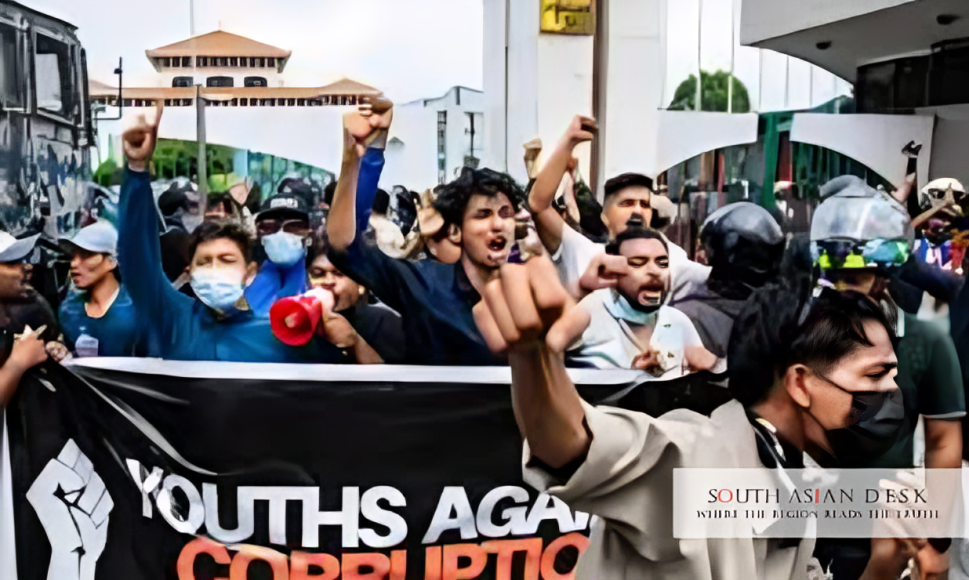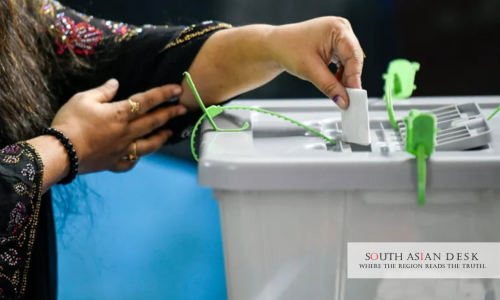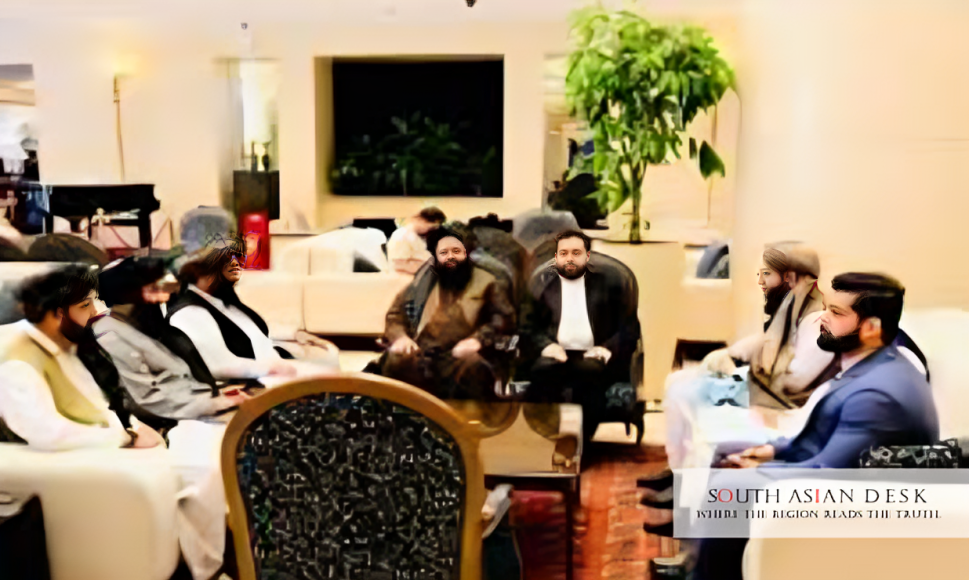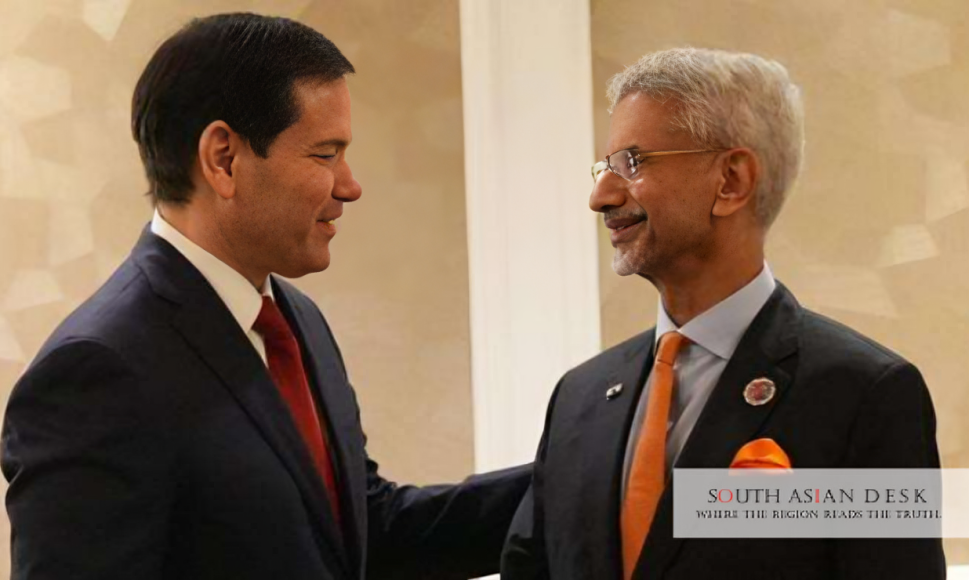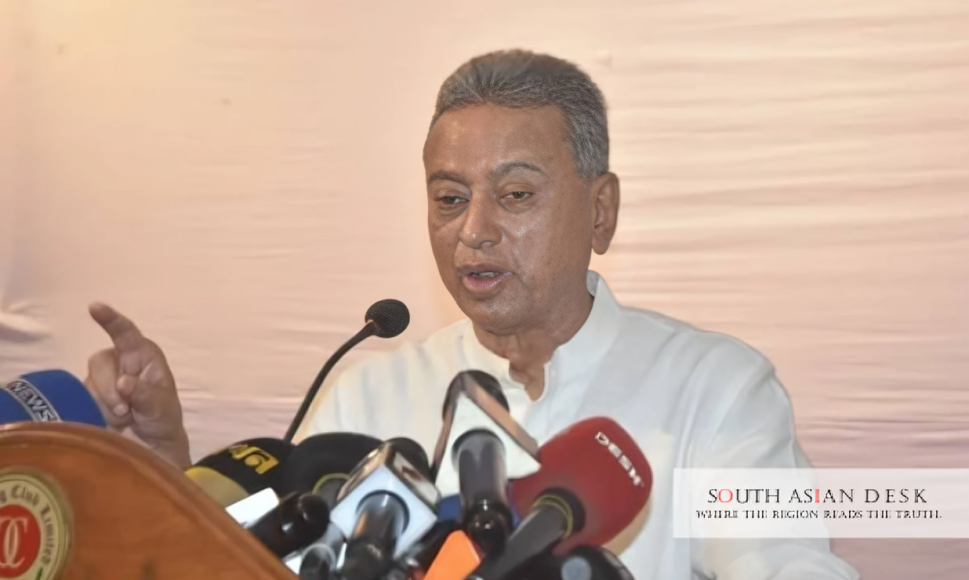Kathmandu: Nepal Gen Z has formed a political party under activist Miraj Dhungana to unite disillusioned youths ahead of the 2026 elections, demanding systemic reforms before participating. This development signals a potential shift in Nepal’s political landscape, where youth-led movements are increasingly influencing governance across South Asia, from Bangladesh’s student protests to Sri Lanka’s economic unrest.
Background on Nepal’s Gen Z Movement
Nepal’s Gen Z movement emerged in early 2025 amid widespread frustration over corruption, economic stagnation and government restrictions. Protests intensified in September 2025, targeting the K P Sharma Oli administration’s ban on social media platforms and failure to address youth unemployment. Demonstrators, largely aged 18 to 25, used online tools like Discord to organise, leading to Oli’s ouster.
On 12 September 2025, President Ramchandra Paudel announced an interim government led by former chief justice Sushila Karki, Nepal’s first female prime minister in this role. The move followed weeks of unrest that claimed lives and disrupted daily life in Kathmandu. Karki’s administration prioritised stability, with Paudel urging all parties to ensure fair polls.
Government data highlights the movement’s roots. In the first six months of fiscal year 2024/25, 393067 Nepali youths migrated abroad for work, a 14.46 percent rise from the previous year, per the Department of Foreign Employment. This exodus, driven by limited domestic jobs, has depleted Nepal’s workforce. The 2021 National Census noted that over 2 million Nepalis live abroad, sending remittances worth USD 10 billion annually, yet domestic growth lags.
Activists blame successive governments for neglecting production and tourism. Nepal, bordered by India and China with a combined population of 3 billion, could target these markets but has not, per movement leaders.
Miraj Dhungana Leads Gen Z Party Formation
Miraj Dhungana, a 25-year-old activist who rose during the protests, announced the Nepal Gen Z forms political party at a press conference on 18 October 2025 at Everest Hotel in Kathmandu. Attended by team members, the event marked a shift from street activism to formal politics.
Dhungana stated the Miraj Dhungana Gen Z party aims to unite youths from the movement. “We want the people to have a say in naming the party,” he said, inviting public suggestions. A committee oversees formation, with full details pending.
The party builds on Gen Z’s demands for transparency. Dhungana, via a Facebook video on 17 October 2025, stressed the nation’s critical state requires direction. “The party will prioritise key agendas including a directly elected executive head and voting rights for Nepalis worldwide,” he added.
This Miraj Dhungana Gen Z party seeks to channel protest energy into policy. Protests ousted Oli but exposed generational divides, with youths rejecting established parties like Nepali Congress and UML.
Conditions Set for Nepal Gen Z 2026 Elections
The Nepal Gen Z 2026 elections participation hinges on reforms. Dhungana declared the party will boycott unless Nepal adopts a directly elected executive system and grants diaspora voting rights.
Elections are set for 5 March 2026, as announced by President Paudel on 12 September 2025. The Election Commission opened registration for new parties on 6 October 2025, giving over six weeks. Paudel held an all-party meeting on 10 October 2025 at Sheetal Niwas, calling for cooperation.
Additional demands include a citizen-led corruption probe and economic policies. “We will continue to fight for good governance, transparency and checking corruption,” Dhungana said. “We will not let the sacrifices of Gen Z youths go in vain.”
The interim government must reopen industries, create jobs and boost tourism, per Dhungana. These “bottom lines” reflect distrust in current systems.
Economic and Social Drivers
Nepal’s economy fuels youth activism. Remittances sustain 28 percent of GDP, but migration drains talent. From mid-July 2024 to mid-March 2025, 974 Nepali workers died abroad, per government records.
World Bank reports note limited domestic jobs push youths overseas. If trends persist, 600000 to 700000 may leave annually by 2030.
Gen Z demands address this, advocating production for neighbouring markets. “We need to focus on increasing our production targeting the neighbouring markets,” Dhungana noted.
What’s Next
The Election Commission requires new parties to register soon. Dhungana’s group must formalise structure and name. Interim government actions on demands will decide participation in Nepal Gen Z 2026 elections.
Paudel urged Gen Z to ensure successful polls during a 16 October 2025 meeting. As Nepal Gen Z forms political party, its success could inspire regional youth, testing if digital activism translates to votes.
Published in SouthAsianDesk, October 19th, 2025
Follow SouthAsianDesk on X, Instagram, and Facebook for insights on business and current affairs from across South Asia.


